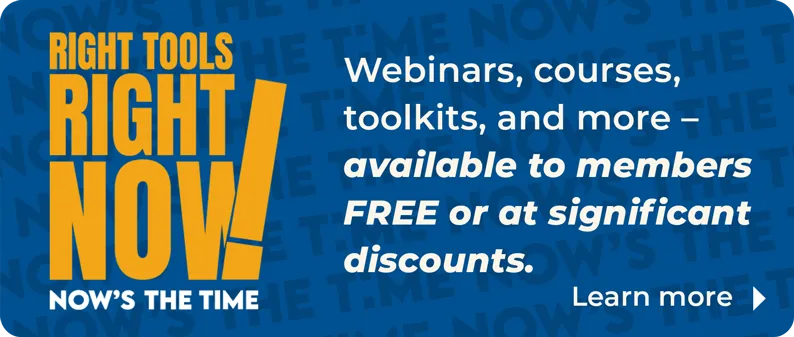After last week's surge, the 30-year fixed mortgage rate rose slightly to 5.30% from 5.27% the previous week. Unyielding inflation and the Fed's tightening policy seem to be the main drivers of today's mortgage rates.
Although inflation eased in April, it continues to rise faster than expected. In the meantime, inflation is affecting not only prices at the pump and in grocery stores, but it has also spread to housing as well. Both owning and renting are becoming more expensive. Mortgage rates have increased more than 2 percentage points since the beginning of the year. Thus, the monthly mortgage payment has increased by about $520 since the first week of January, when rates were 3.2%. Respectively, rents are rising at their fastest pace since 1991. As a result, while potential first-time buyers need to spend more of their budget on rent, they also need to spend more on their monthly mortgage payments if they want to buy a home. Meanwhile, nearly 20% of these potential first-time buyers—3 million renter households 25-40 years old—already spend 50% and more of their income on rent. Therefore, rising rents and inflation make it even more challenging to save the money needed to make the transition into homeownership for these renters.









